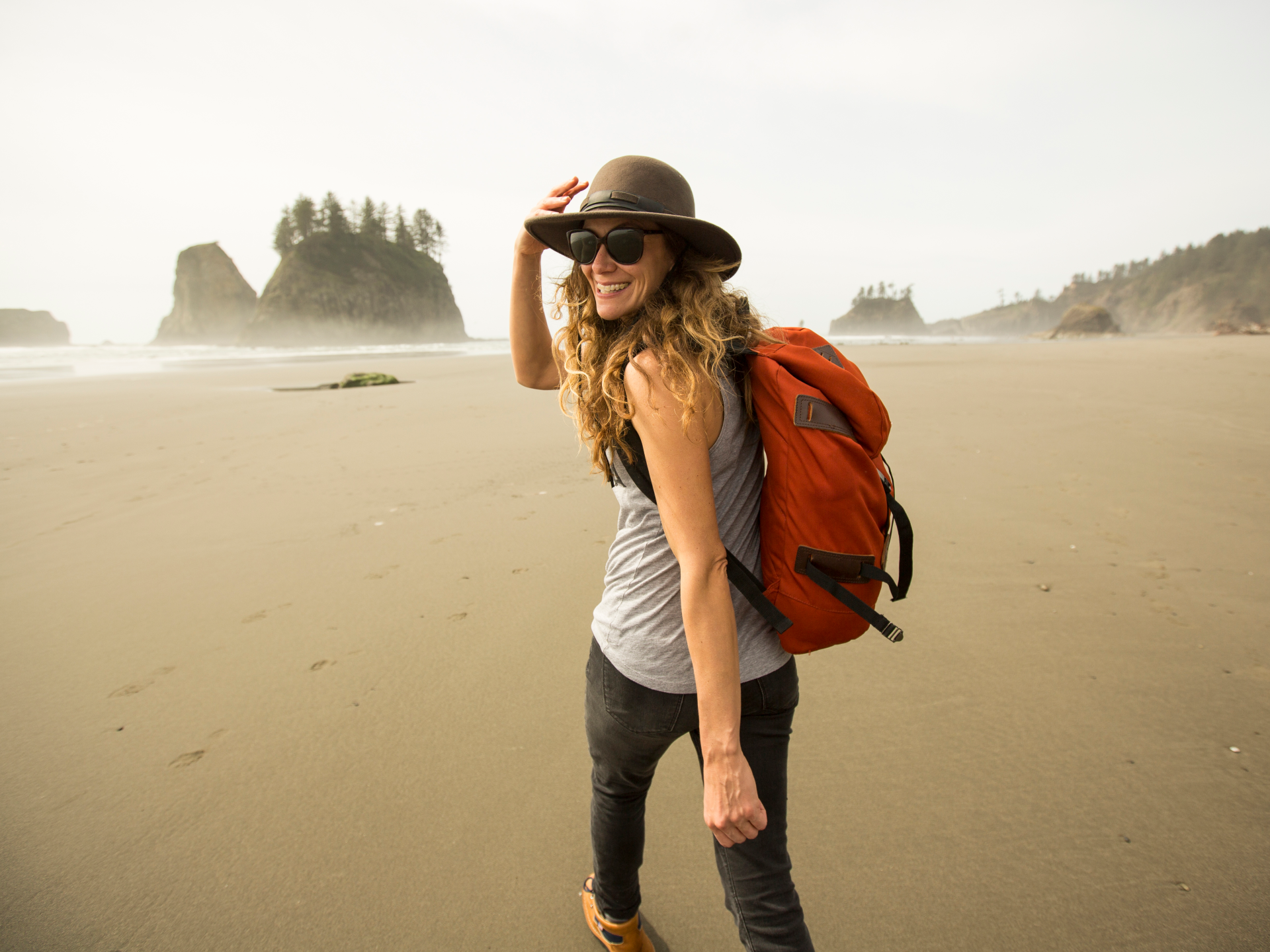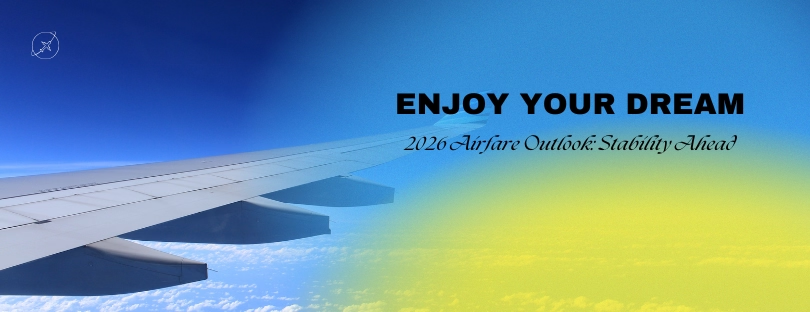
Navigating the Skies with Liquids – What You Need to Know
Once upon a time, traveling by air was as simple as packing your bags and heading to the airport. However, in today’s world, air travel comes with a set of rules and regulations that can often seem like a labyrinth to the uninitiated. Among these, the rules surrounding the carriage of liquids on planes stand out as particularly puzzling to many. liquids on plane
Let’s dive into the world of liquids in air travel, unraveling the complexities with a splash of data and a dash of statistics.
Understanding the Liquid Restrictions
The limitations on carrying liquids in your carry-on luggage are not just whimsical airline policies but are based on safety regulations established by aviation authorities. The most well-known of these is the Transportation Security Administration (TSA) in the United States.
The 3-1-1 Rule liquids on plane
The TSA’s 3-1-1 rule is straightforward: each passenger is allowed to carry liquids in containers of 3.4 ounces (100 milliliters) or less, all of which must fit in one quart-sized, clear, plastic, zip-top bag, with one bag per passenger. This rule came into effect in 2006 in response to a transatlantic aircraft terror plot. The plot involved liquid explosives, which prompted the swift implementation of these restrictions.
-
Exemptions: There are a few exemptions to the 3-1-1 rule. These include:
- Prescription medications: You can bring your prescription medications in their original containers, regardless of size.
- Baby food and formula: You can bring enough baby food and formula for your child’s needs for the duration of your trip.
- Duty-free liquids: You can bring liquids purchased at the airport duty-free shop in a sealed, tamper-evident bag.
- Pack your liquids in a clear bag: The liquids bag must be clear and quart-sized. You can purchase a liquid bag at most travel stores or online.
-
Label your liquids bag: Label your liquids bag with your name and contact information. This will help in case your bag is lost or stolen.
-
Be prepared for additional screening: If your liquid bag alarms during the security screening, you may be asked to open it and show the contents to the security officer. They may also ask you to remove some of the liquids from the bag for further inspection.
-
Pack liquids in your carry-on bag: Liquids are not allowed in checked baggage unless they are in containers larger than 3.4 ounces (100 milliliters).
International Variations
European Union (EU)
The EU has a similar set of guidelines to the TSA, but there are a few key differences.
-
1 liter bag: The EU allows a 1 liter (34 ounces) clear plastic bag for liquids, rather than a quart-sized bag.
-
Baby food and formula: The EU allows unlimited amounts of baby food and formula in your carry-on bag, as long as it is for your own use.
-
Duty-free liquids: The EU allows duty-free liquids in a sealed, tamper-evident bag, but the bag must be brought to the security checkpoint before it is sealed.
TSA Guidelines
The Transportation Security Administration (TSA) in the United States has established a set of guidelines for traveling with liquids on planes. These guidelines are known as the “3-1-1 rule.”
-
3 ounces or less: Each container of liquid, aerosol, gel, cream, or paste must be 3.4 ounces (100 milliliters) or less.
-
1 quart-sized bag: You can bring one quart-sized clear plastic bag with your liquids.
-
1 bag per person: Each passenger is allowed one quart-sized bag of liquids.
Canada liquids on plane
Canada also follows the TSA’s 3-1-1 rule, but there are a few exceptions.
-
Prescription medications: Prescription medications in their original containers are exempt from the 3-1-1 rule.
-
Homeopathic medicines: Homeopathic medicines in containers of 100 milliliters or less are exempt from the 3-1-1 rule.
Australia liquids on plane
Australia has its own set of guidelines for traveling with liquids on planes. These guidelines are similar to the EU’s guidelines, but there are a few differences.
-
1 liter bag: Australia allows a 1 liter (34 ounces) clear plastic bag for liquids, as in the EU.
-
Prescription medications: Prescription medications in their original containers are exempt from the 1 liter rule.
-
Duty-free liquids: Duty-free liquids in a sealed, tamper-evident bag are exempt from the 1 liter rule.
Japan
Japan has its own set of guidelines for traveling with liquids on planes. These guidelines are similar to the TSA’s guidelines, but there are a few differences.
-
100 milliliter containers: Japan allows containers of 100 milliliters or less for liquids, rather than 3.4 ounces.
-
1 liter bag: Japan allows a 1 liter (34 ounces) clear plastic bag for liquids, as in the EU.
-
Medical liquids: Medical liquids in quantities necessary for the trip are exempt from the 100-milliliter rule.
Other Countries
There may be other variations in liquid restrictions on planes from country to country. It is always a good idea to check with the specific airline and country you are traveling to for the latest guidelines.
Here is a table summarizing the liquid restrictions for the countries mentioned above.
Country |
Container size |
Bag size |
Exceptions |
|---|---|---|---|
United States |
3.4 ounces (100 milliliters) |
1 quart-sized bag |
Prescription medications, baby food and formula, duty-free liquids |
European Union |
100 milliliters |
1 liter (34 ounces) bag |
Baby food and formula, duty-free liquids |
Canada |
3.4 ounces (100 milliliters) |
1 quart-sized bag |
Prescription medications and homeopathic medicines |
Australia |
100 milliliters |
1 liter (34 ounces) bag |
Prescription medications, duty-free liquids |
Japan |
100 milliliters |
1 liter (34 ounces) bag |
Medical liquids |
Impact of Liquid Restrictions on Passenger Behavior
A study by the International Air Transport Association (IATA) revealed that these liquid restrictions have significantly altered passenger behavior. The report indicated that:
- Approximately 90% of passengers now pack their liquids according to the guidelines.
- There was a 25% increase in the sale of travel-sized toiletries since the implementation of these rules.
- Airport security checkpoint delays increased by an average of 10 minutes due to liquid rule enforcement.
Economic Impact on Airports and Airlines liquids on plane
Airports have also felt the impact. A survey conducted by Airports Council International (ACI) showed that:
- There was a 30% rise in the sales of bottled beverages post-security, indicating a shift in consumer purchasing behavior.
- The costs for additional security measures and personnel to enforce these liquid rules were estimated to be around $300 million annually for major airports worldwide.
Future of Liquid Rules in Air Travel
Looking to the future, advancements in technology may ease these restrictions. The development of more sophisticated screening devices can distinguish between harmful and harmless liquids without the need for these stringent rules. Trials of such technologies are already underway in various airports, with promising results.
Conclusion liquids on plane
Navigating the fluid regulations of air travel can be daunting. But armed with the right information and a clear understanding of the rules, passengers can continue to fly safely and efficiently. As technology advances, we can look forward to a future where these liquid restrictions become a relic of the past, making air travel a more seamless experience.










